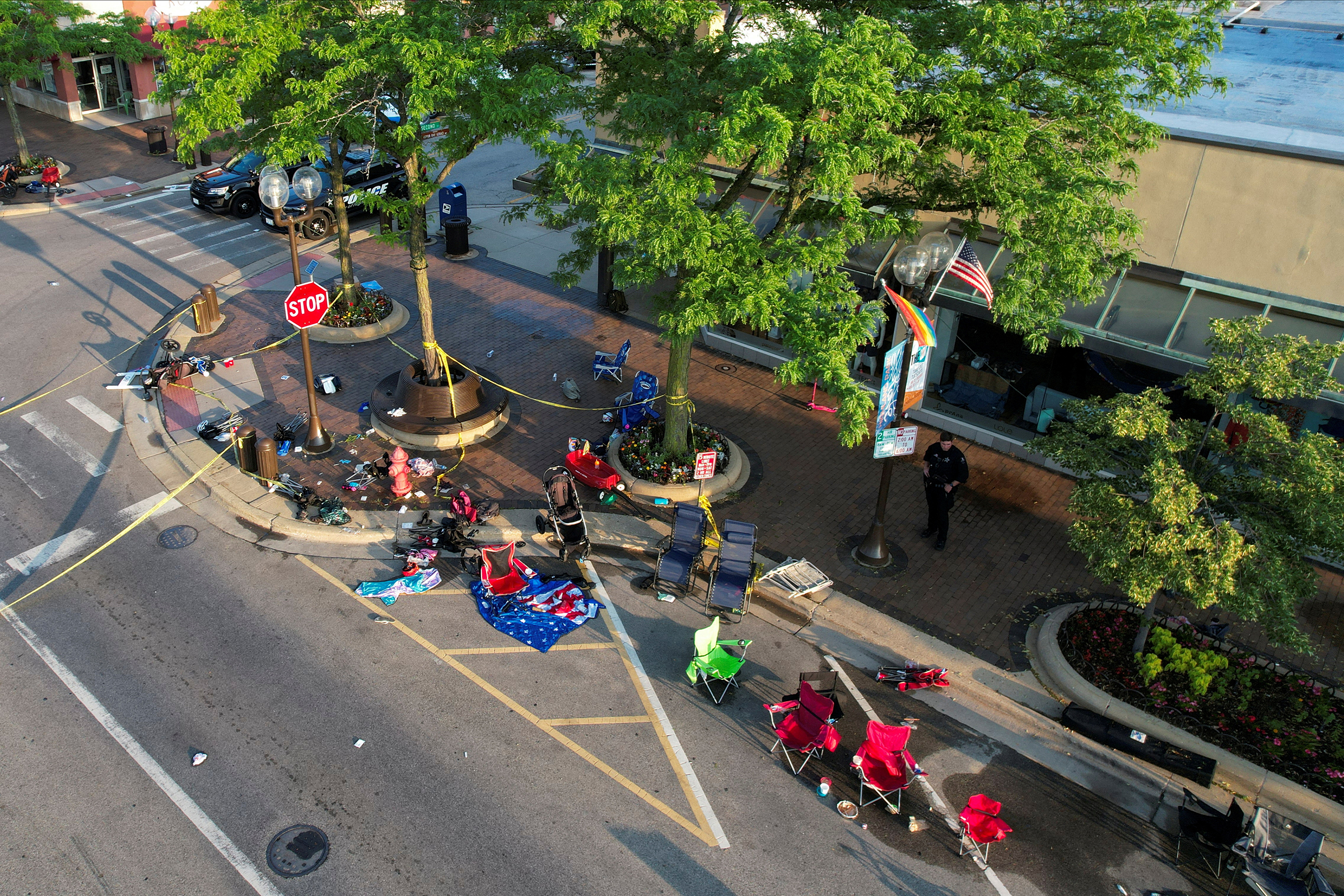
Florida Sen. Marco Rubio.
Photo: Tom Williams/Zuma Press
Florida has many attractions and sound government policies. But maybe the rest of the country should be heard before it lets a Senator from the Sunshine State set the clocks for all 50 states.
The Sunshine Protection Act, which sailed through the Senate last week without debate, would set daylight-saving time as the year-round default starting in autumn 2023. Under current law clocks change twice each year, with daylight saving time beginning in March and ending in November. The Senate bill would end an 80-year tradition of seasonal clock switching. States could remain on standard time instead, but they would have to stick with it all year.
You’d think a change affecting so many people would get some debate. But the bill passed by unanimous consent after lead sponsor Marco Rubio brought it to the floor and no one rose to block it. “Boom, it’s a miracle,” said Sen. Sheldon Whitehouse, the lead Democratic co-sponsor. He’s thrilled that Speaker Nancy Pelosi and President Biden will now be able to decide American schedules since Republicans have a House minority. Several House Democrats this week are at least trying to slow down the bill.
Supporters of the change highlight the annoyances of clock-switching, such as losing an hour of sleep each spring and early sunsets throughout the winter. “We don’t have to keep doing this stupidity anymore,” says Mr. Rubio. He called permanent daylight time “an idea whose time has come.”
Mr. Rubio is only 50 years old, so perhaps he doesn’t know that his supposedly new idea is really an old idea that was tried in the 1970s. Congress passed year-round daylight time in 1974, hoping later sunsets would ease energy consumption in the oil crisis of that era.
Americans in northern latitudes suddenly experienced winter sunrises as late as or later than 9 a.m in Minneapolis, Detroit or Tacoma. Commuters were driving to work in the dark. Three months of children waiting each day for the school bus in the dark was enough to convince Congress to end the fixed daylight-time experiment in 1975.
The north-south divide in sunlight hours may explain why Americans disagree about standard or daylight time. An Associated Press poll in 2019 found that Americans disliked clock-switching, but 40% preferred daylight time while 31% wanted standard hours. All-year standard time would also mean very early sunrises in many states—before 4:30 a.m.
Mr. Rubio lives in South Florida, which gets 10 and a half hours of daylight even during the winter solstice. But in Buffalo, which gets about nine hours of daylight in December, residents might prefer 4:40 p.m. sunsets to avoid starting cold winter days under cover of darkness. Even if Wisconsin or New Hampshire stayed on standard time, the change would mean a daily headache for commuters to Illinois and Massachusetts. Farmers who start early should also be heard from.
The current split-year system amounts to a geographic and political compromise and shouldn’t be changed without reflection. Mrs. Pelosi has said she supports the change to fixed schedules year-round but hasn’t decided on a timeline for a House vote. How about a debate first?
"time" - Google News
March 22, 2022 at 06:34AM
https://ift.tt/S3F8PfV
Florida Daylight Saving Time - The Wall Street Journal
"time" - Google News
https://ift.tt/ZzN7twW

No comments:
Post a Comment